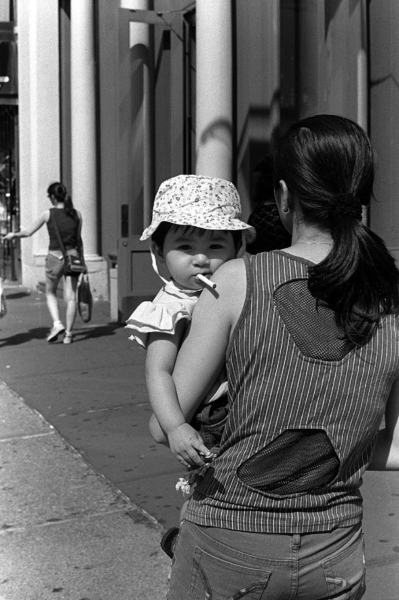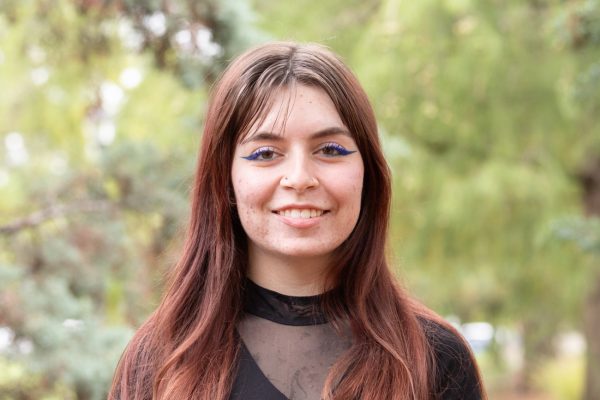Cary Conover often takes a philosophical approach to his photography. He notes the beauty of feeling an emotional connection to subjects in a photograph that he might never personally interact with.

“How can a photographer get so into the lives of these people?” Conover, a photographer and educator, said, contemplating the thought.
Conover lived in New York City from 2000 to 2010, working as a freelance photographer, namely for The New York Times and The Village Voice.
In New York City, Conover’s photography featured dynamic and mobile subjects: an older man strolling down the sidewalk with a large pen stain over his shirt pocket, a woman holding her toddler with a cigarette in its mouth or simply couples gazing at each other.
“I was really into simply contributing to the tradition of street photography or the tradition of the documentation of New York,” he said.
Conover was able to use his skills on a grave day in United States history. On the morning of Sept. 11, 2001, Conover was woken by his neighbor pounding on the door. After receiving a quick explanation, he took to the roof of his apartment with his camera.
He managed to take a picture of the second plane before anyone — including him — knew it would hit the second tower.
“Photography did that — not me,” he said. “The camera will capture things that the photographer had no notion of at the time.”
Later, he walked through the streets, documenting the terror on people’s faces.
“We (photographers) refused to be called victims of this. Even though we saw it and it affected us, we are documenters. That is how we can contribute to this catastrophe,” he said.

After 10 years of photographing the rises and falls of New York City, Conover needed a change. His photography business was slowing down, and he was having to seek alternative methods to support his wife and a son they were expecting soon.
“I was so sick of being stressed about the thing that I love the most,” Conover said.
Conover began driving taxis for extra money to help close the gap.
“I remember getting home at five in the morning. I’ve been driving all night. I have $300 in cash, and I walk straight to the ATMs,” he said.

While teaching a workshop in Manhattan, New York, he applied for a job at Andover High School. His leap of faith was like “swinging in the jungle, and you have to let go of one vine in order to grab another.”
A new vine took Conover all the way to Kansas, where he began teaching photojournalism at Andover High School in 2011, and he soon found being an educator to be more enriching than the hustle and struggle of being a photographer.
“What can you emphasize to young minds?” he said.
In his teaching work, Conover invites students to connect their photography with their personalities, emphasizing that the interesting moments happen among people in the stands at a football game, not in the game itself.
While teaching, Conover continues to work on his own photography projects. He found a passion in documenting time — the relativity of it and how this is silently conveyed in a photograph.

“That’s really captivating to me: Time … you’re revisiting your past, in a way,” he says.
His photographs of Wichita are rife with nostalgia and the “idea of home” that he loves to depict.
Drawing inspiration from photographer Mark Klett, Conover drives to the different borders of Kansas and sets up a tripod facing the landscape. Nothing is particularly eye-catching, and he enjoys the challenge of that limitation.
“A lot of people think you need to go out and show the world’s problems with your photography — no, it’s up to you to decide what you want to use it for,” Conover said.




Nancy Amelunke • Feb 1, 2024 at 11:43 am
I was very impressed with the article written about Cary Conover the photographer. Shows the compassion that a photographer can have in his photographs. I can only imagine what a gift he is to the Andover High School as a teacher of photojournalism. What wonderful experiences he can bring to the classroom.